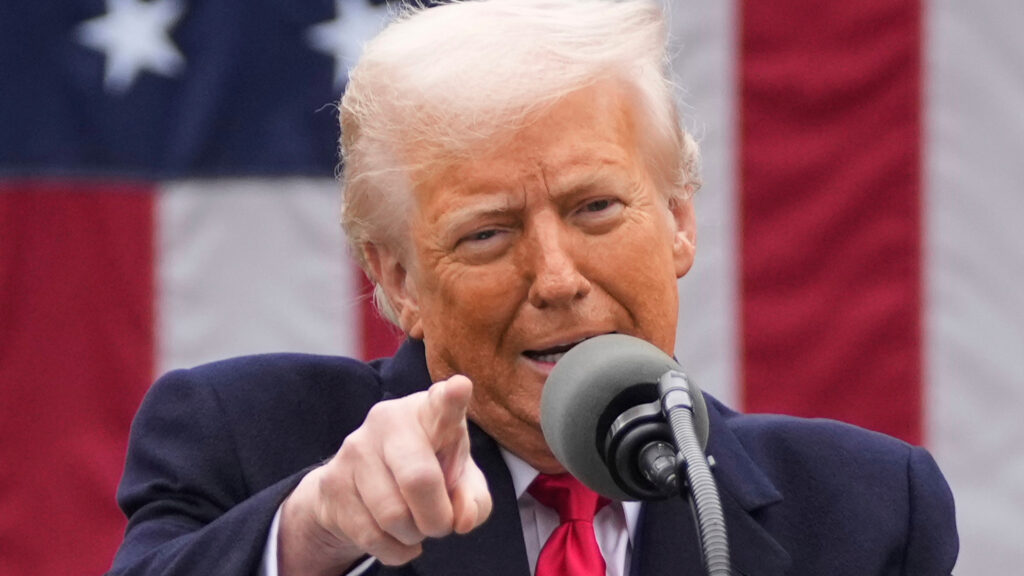In a decisive step toward reinforcing domestic industry, President Donald Trump announced a sweeping tariff hike that will impose a 50% duty on foreign steel imports—doubling the rate from his earlier 25% measure. Speaking during a visit to a U.S. Steel facility in Pennsylvania, the President emphasized that the new rate would eliminate the loopholes that allowed foreign producers to undercut domestic prices. “At 25% they could sort of get over that fence. At 50%, they can no longer get over the fence,” Trump declared, underscoring his commitment to protecting American jobs and national security.
The newly announced tariff, which takes effect at midnight on June 4, 2025, is part of a broader strategy under Section 232 of the Trade Expansion Act of 1962. According to the President and his economic advisers, the core objective of the policy is to counter what he describes as “foreign dumping”—the practice of flooding the U.S. market with excess, low-priced steel that threatens the viability of American manufacturing. By effectively doubling the duty, Trump’s administration intends to create a level playing field for U.S. steel producers while addressing national security concerns tied to overreliance on volatile global supply chains.
Reactions to the tariff increase have been mixed. Proponents argue that the measure will spark a renaissance in domestic steel production, shielding critical industries ranging from automotive manufacturing to construction. U.S. union leaders and some industry insiders have hailed the decision as a necessary step toward revitalizing the steel sector and safeguarding jobs. However, critics caution that the abrupt hike could lead to higher input costs for downstream sectors that rely on steel, from consumer goods to infrastructure projects, potentially sparking inflation and triggering retaliatory measures from key trading partners.
On the international stage, Washington’s colleagues in Canada, Mexico, and the European Union have expressed alarm over the new tariffs. While steel imports from Britain remain exempt at the lower 25% rate—thanks to a recent economic deal—the broader implementation is expected to unsettle long-standing global trade relationships. Several foreign governments have warned that the move may spark a tit-for-tat escalation in trade barriers, further complicating already tense negotiations. Critics also note that while tariffs can offer short-term relief to domestic industries, they may also disrupt complex global supply chains and hamper long-term economic growth.
Beyond the immediate economic implications, Trump’s latest announcement carries significant political overtones. With key elections on the horizon and domestic pressure mounting to restore American jobs, the tariff hike represents a throwback to the protectionist policies that defined his earlier tenure. The administration’s decision is seen not only as an economic maneuver but also as a message to both domestic constituents and international trade partners that the United States will no longer tolerate practices it deems unfair or a threat to its national security.
Ultimately, the 50% tariffs on foreign steel mark a bold recalibration of U.S. trade policy. While the measure is likely to benefit steel producers by curbing low-cost imports, it also raises questions about the broader impacts on consumer prices, manufacturing costs, and international relations. As negotiations intensify and global markets brace for potential fallout, stakeholders across the board will be watching closely to see how this new policy plays out in the coming months.
Further Insights and Considerations
Beyond the immediate headlines, several intriguing dimensions deserve attention. For instance, how might this tariff increase accelerate domestic investments in innovation and new production technologies within the U.S. steel industry? Could this move incentivize further strategic partnerships—like the one hinted at with Japan’s Nippon Steel—to secure supply chains and spur fresh rounds of industrial investment? Additionally, as trade tensions simmer, it is worth exploring how policymakers and business leaders plan to navigate potential retaliatory measures from key international markets. These questions set the stage for a broader discussion on the future of global trade and industrial policy—one that reaches far beyond the tariff headlines of today.

